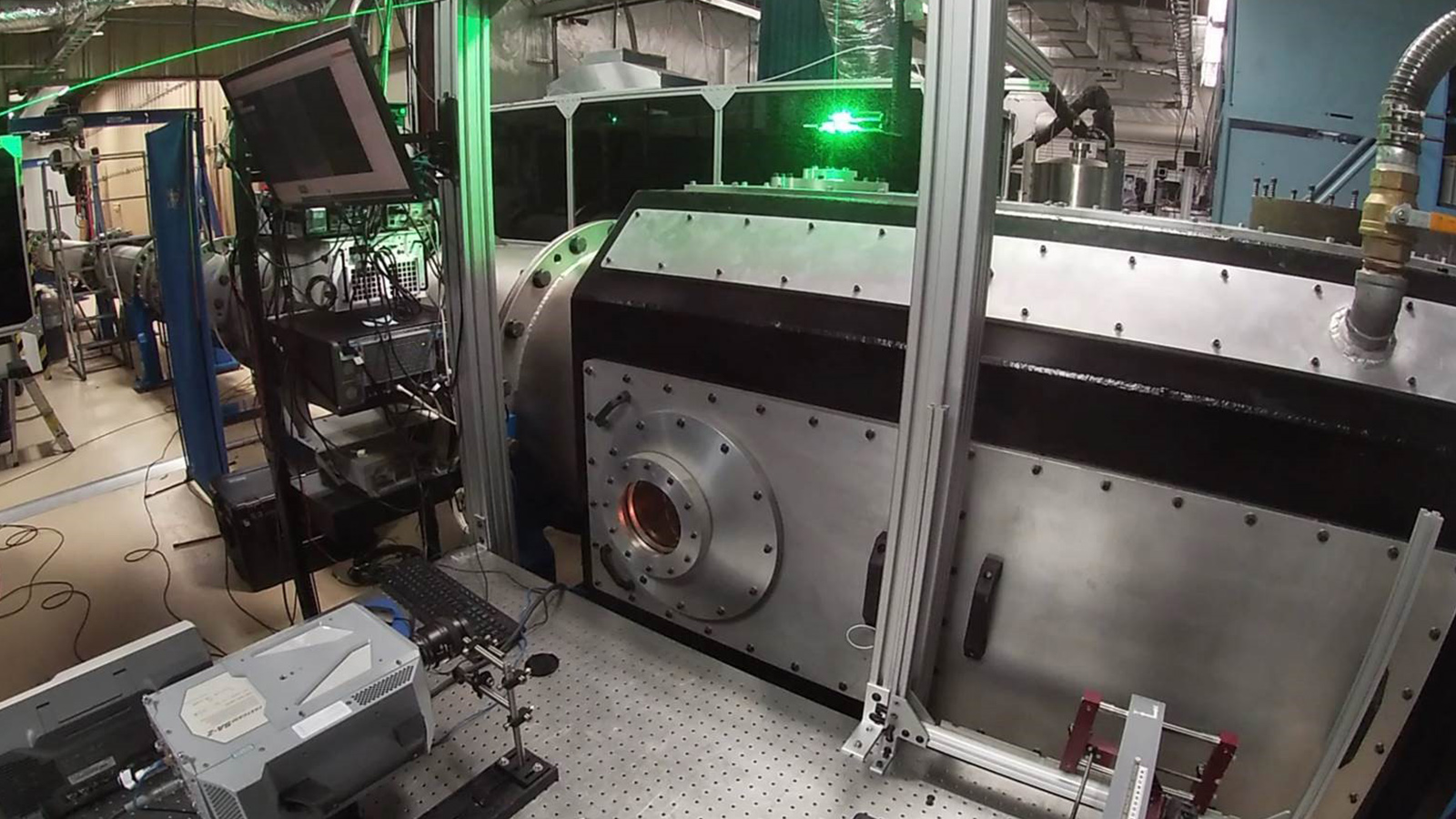Stay Up to Date
Submit your email address to receive the latest industry and Aerospace America news.
The Hypersonic Technologies and Aerospace Planes Technical Committee works to expand the hypersonic knowledge base and promote continued hypersonic technology progress through ground and flight testing.
The covid-19 pandemic did not slow the pace of progress in hypersonics, with 2020 encompassing advancements in modeling and simulation, designs, ground test facilities and flight tests.
But first, in big news for students: the U.S. Department of Defense, through the Office of the Undersecretary of Defense for Research and Engineering Joint Hypersonics Transition Office, in October awarded Texas A&M University’s Engineering Experiment Station $20 million per year over five years to establish and manage the University Consortium for Applied Hypersonics. JHTO director Gillian Bussey said, “This effort focuses not only on developing technologies but also on funding applied research at universities and linking researchers in academia, government and industry.”
Advancing the state-of-the-art in simulation, researchers at the U.S. Department of Energy’s Sandia National Laboratories in June demonstrated the performance portability of their Sandia Parallel Aerodynamics and Re-entry Code, or SPARC. Highlighting the advantages of next-generation heterogenous computer architectures, a hypersonic simulation of a realistic re-entry trajectory ran up to 16 times faster on the DOE’s graphics processing unit-based Sierra supercomputer than on a central processing unit-based high-performance computing cluster.
Leveraging Cart3D’s adaptive mesh refinement capability, the Pterodactyl project at NASA’s Ames Research Center in California in June and July developed multiple concepts for non-propulsive control systems to achieve precision targeting of a deployable entry vehicle.
Enabling future designs, the German Aerospace Center’s Key Technologies for High Speed Return Flights of Launcher Stages, or STORT, program passed its preliminary design review in April. The flight experiment will demonstrate active and passive thermal management concepts and ceramic matrixed composite structures and perform measurements of shock wave boundary layer interactions.
In the commercial high-speed point-to-point domain, NASA’s Hypersonic Technology Project in January defined challenge areas to advance hypersonic flight for dual-use applications. In August, the U.S. Air Force awarded venture-backed startup Hermeus, based in Georgia, a contract for the conceptual design of a hypersonic personnel transport based on modifications to Hermeus’ existing Mach 5 passenger aircraft design.
This year saw university experimental facilities with low operational cost but high capability come online. Texas A&M University installed a large-scale Hypervelocity Expansion Tunnel that became fully operational in February. The tunnel provides flight-matched conditions up to Mach 15 and has a large complement of advanced laser-based diagnostics offered through the adjacent Aerospace Laboratory for Lasers, Electromagnetics and Optics. In October, the University of Texas at Arlington demonstrated the first femtosecond (millionth of a billionth of a second) two-photon absorption laser-induced fluorescence and femtosecond laser electronic excitation tagging diagnostic measurements at its arc-jet tunnel facility.
In the most tangible measure of progress for hypersonics, there were numerous flight tests during the year. In January, China released footage of a DF-26 missile launch during a military drill and said that it had speeds capable of up to Mach 18 and a range up to 6,000 kilometers. In March, JAXA, the Japan Aerospace Exploration Agency, tested a supersonic combustion ramjet in its hypersonic wind tunnel at the Kakuda Research Center in northern Japan. Also in March, the U.S. Defense Department completed a second test of its common hypersonic glide body, putting additional stresses on the system and validating the design, which is ready for transition to Army and Navy weapon system development. In September, the Indian Ministry of Defense Research and Development Organization said it flight tested a domestic hypersonic technology demonstrator vehicle for the first time. Also in September, China launched a reusable experimental spacecraft after multiple tests to ensure control during hypersonic re-entry.
Contributors: Rodney Bowersox, Gillian Bussey, Tyler Dean, Sarah D’Souza, Travis Fisher, Jagadeesh Gopalan, Ali Guelhan, Kevin Kremeyer, Chuck Leonard, Luca Maddalena, A.J. Piplica, Hideyuki Tanno, Nathan Tichenor and Mike White
Related Posts
Stay Up to Date
Submit your email address to receive the latest industry and Aerospace America news.




